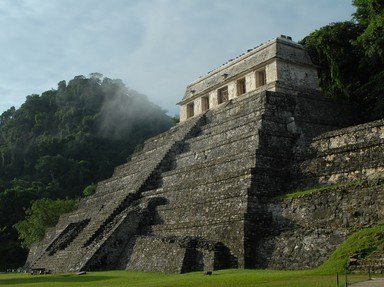Quiz Answer Key and Fun Facts
1. Perhaps the most famous spy in history is Mata Hari, the Dutch exotic dancer who was accused of spying for Germany during World War One, with controversy surrounding the accusations as well as Mata Hari's espionage activities. She was arrested in early 1917 and was tried for espionage. Her lawyer, Edouard Clunet, faced impossible odds trying to defend his client. What, in particular?
2. Not much about Sidney Reilly's life is known and most information about him is unclear and disputed. According to some sources, he was born Georgi Rosenblum in a city of the Russian Empire, in 1873. What's the name of the city?
3. Richard Sorge is one of the most famous spies and perhaps the most skilled of those who worked for the Soviet Union. Sorge was the one who notified Stalin on 1 June 1941 that Hitler was planning the attack the Soviet Union about three weeks later, as well as the conditions that would cause a Japanese invasion of the country. But his spying coups led to his undoing, and he was caught by the Japanese in 1941. In which prison was he confined?
4. One of the most notorious spies of the Cold War was Kim Philby. He was a member of the "Cambridge Five", a Soviet spy ring in the United Kingdom. After working for the Soviets as a spy for years, in 1963, when his activities aroused suspicion, he fled to the Soviet Union from a city in the Middle East. Which of these was it?
5. One of the most renowned spies for the Confederate States of America is Belle Boyd. She started spying for the Confederacy as early as 1861. In 1862, she overheard Union general James Shields' plans for the defeat of the Confederate forces in the Shenandoah Valley under the legendary General Thomas "Stonewall" Jackson. She told what she learned to a Confederate cavalry commander. Whom?
6. If you have read about the American War for Independence, you are probably familiar with the name of Benedict Arnold, the American general and traitor who defected to the British. Yet, Arnold was helped in his attempt to switch sides by a British officer, whose self-portrait is given in the photo. The British officer was captured bearing Arnold's papers and was hanged as a spy. Who was he?
7. Nathan Hale is perhaps the most heroic and gallant American spy in the American War for Independence. He is most famous for his last words: "I only regret that I have but one life to give for my country". After Hale was captured by the British and evidence found on him suggesting he was a spy, he spent a night in a greenhouse. He made two requests to his captors, both denied. What did he ask for?
8. Klaus Fuchs was a Soviet spy, to begin with. He transmitted information mainly about the Manhattan project and the development of the atomic bomb by the Americans. After doing that job for years, he was finally caught in early 1950 and sentenced to 14 years in prison. However, he was released in 1959 due to good behavior and emigrated to a country belonging in the Eastern bloc. Which one?
9. Elizabeth Van Lew was a Union spy during the American Civil War. She operated in Richmond, the capital of the Confederate States of America. Her services were highly valued by Union generals. In his first visit to Richmond after the war, a Union general had tea with Van Lew. Who was the Union general?
10. Fritz Joubert Duquesne was a German spy during both World Wars. Yet, before offering his services to Germany, Duquesne had openly fought against the British during a war in Africa. For whom did Duquesne fight?
Source: Author
DeepHistory
This quiz was reviewed by FunTrivia editor
bloomsby before going online.
Any errors found in FunTrivia content are routinely corrected through our feedback system.

